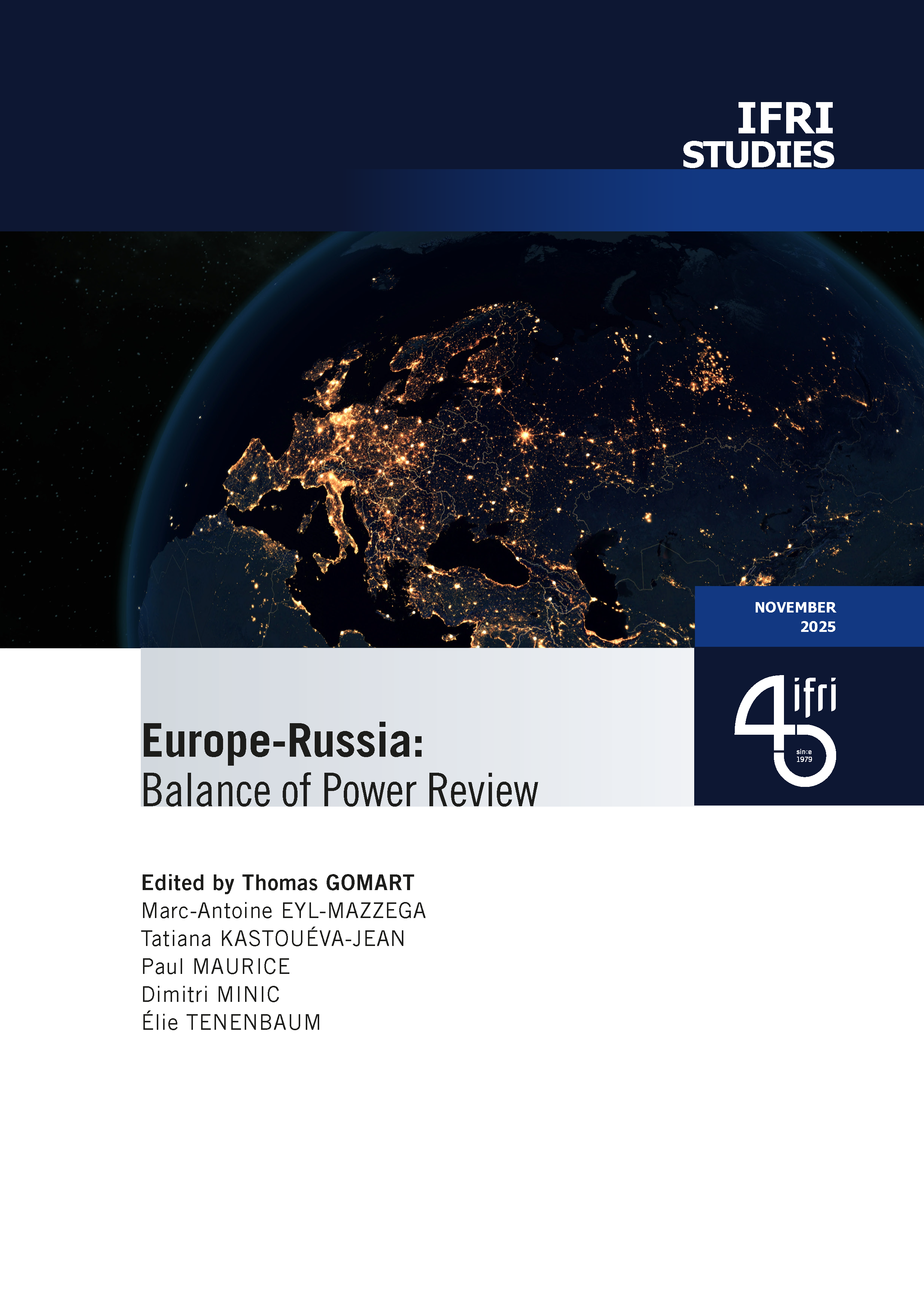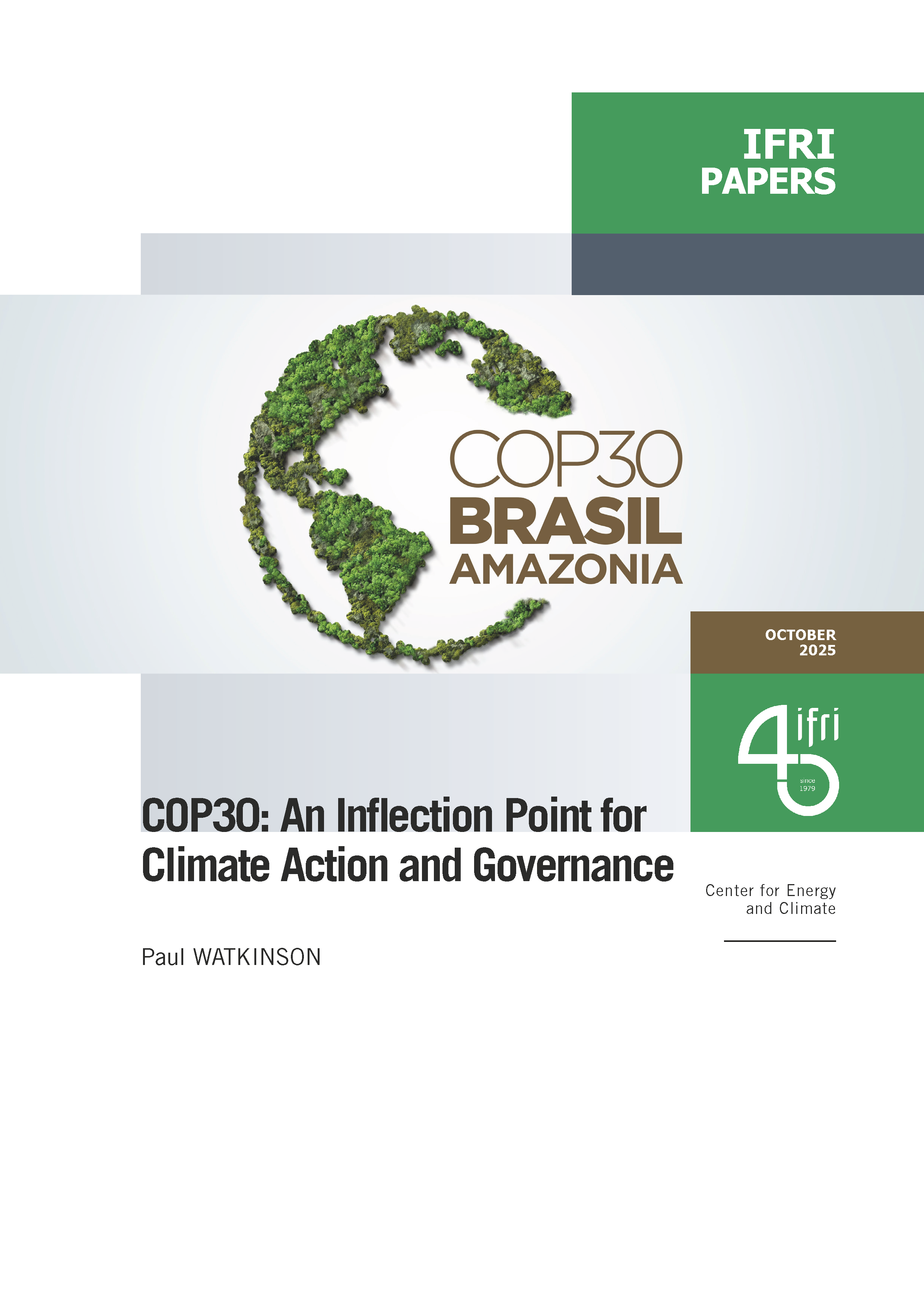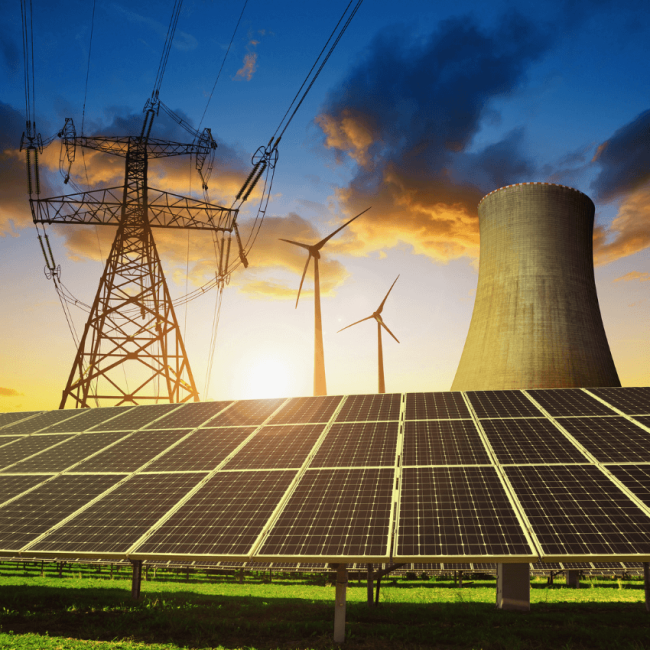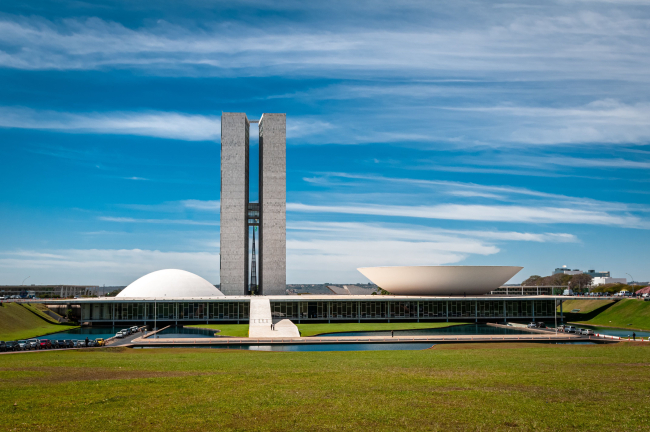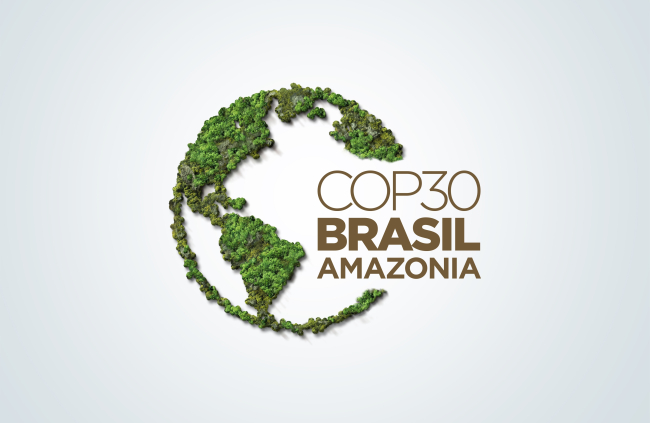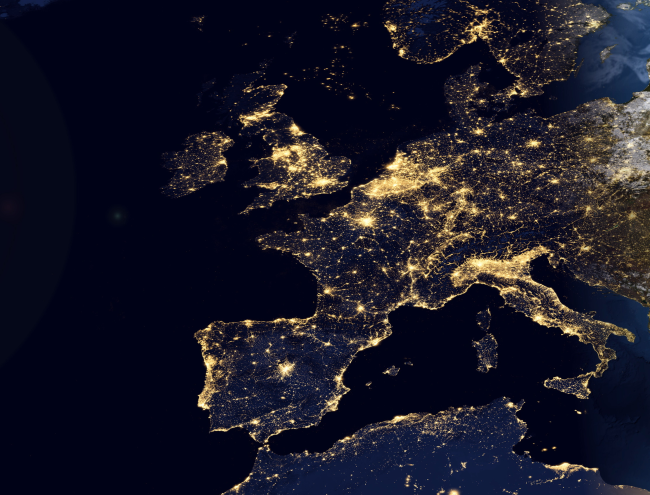An Overview of Italy's Energy Mix
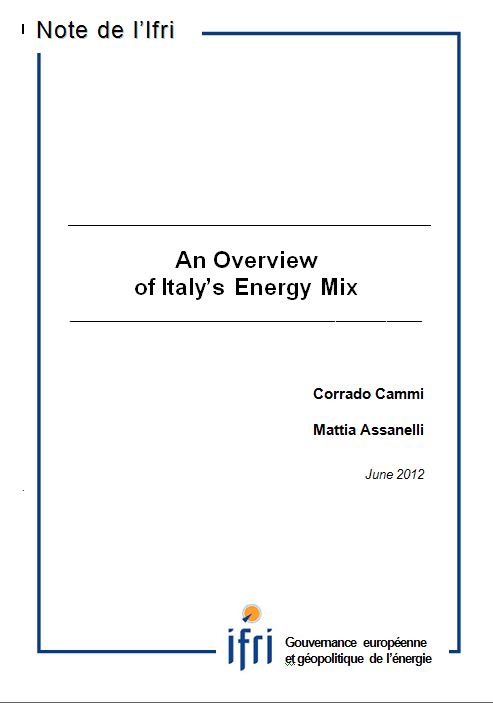
Italy is currently hit by an unprecedented economic, political and social crisis. This changing and uncertain environment affects more than ever the ability to define an energy strategy, which has never really benefitted from a clear vision and a solid organization. Since the 1987 referendum, which acknowledged the end of the nuclear program, the Italian energy policy has been elaborated through a juxtaposition of decrees and rules. Several laws have been approved either to comply with the European regulation or to correct former policies. These have contributed to the creation of a highly intricate regulation puzzle, only accessible to the most voluntary ones or the better equipped. The “success” of renewables subsidies has compromised the profitability of thermal power stations and increased the energy bills of retail consumers.
The Government chaired by Mario Monti tried to sketch, before the Parliament, the fundamentals of the future Italian energy strategy. This national policy would be founded on four pillars: energy efficiency, the creation of a Southern European gas hub, the development of renewables and the revival of the domestic hydrocarbon production. However, this strategy will be able to create the framework only if certain conditions are satisfied. Indeed, it is possible to identify three key features of the difficulties that the Italian energy policy faces today.
The first one is the administrative sluggishness. Since the constitutional reform of 2001, different levels of the Italian bureaucracy share energy-related decisional and law-making competences. The reform allowed for the sharing of the competences between the Parliament and the 22 regions. Therefore, companies in the energy sector suffer the consequences of a decentralized management that is generally endowed with a small budget. British Gas recently decided to abandon the LNG terminal project located in Brindisi (Puglia), extending the list of valuable projects that were discouraged by the long permit granting process. As a matter of fact, after waiting eleven years, the British company abandoned a project that could have helped Italy diversifying its LNG supplies, a milestone for the creation of a gas hub.
The second factor is the patchwork of successive laws aiming at promoting renewable energies. Besides the superimposition of several instruments, the lack of clear definitions provoked striking contradictory effects. This was the case of the so-called “renewable” thermal stations that produced “green” energy from refinery liquid waste. Or, more recently, the incentives to the development of the wind and solar sectors have inflated the energy bills, with an overall expenditure of almost 6 billion euros. This has caused a drop in the output of CCGT"s who now ask for a capacity payment mechanism in order to remain profitable. Finally, transmission and distribution systems will have to be largely improved to avoid bottlenecks and to facilitate power flows. National connections reinforcement especially between the North and the South would allow for a better use of the installed capacity and could eventually spur future exports to Mediterranean southern neighbors (interconnections projects with the Southern European neighbors, like Tunisia, are currently under study).
Thirdly, it is the lack of a global energy strategy and the absence of Italy from the European energy scene that is visible through these dysfunctions.
The last decade, the reinforcement of the energy mix has been based on nuclear power as the main base load production. Italy imports on average 13% of its electricity (data by Terna, 2010), particularly during the night (25%). Among these imports, France represents the main partner, as three fourth of the imports come from its (nuclear) electricity. June 2011 referendum rejected this strategy, even though it can be interpreted as a wider refusal of the overall political regime.
What’s more, a nation-wide debate on energy issues has never been organized. Energy and climate policies definition has been delegated either to tribunals, to enforce the laws, or to administrative bodies.
The Italian energy team has not found its coach yet and needs more than ever a clear and ambitious roadmap in order to justify the economic efforts endured by citizens. The ambiguity coming from old choices (such as the policies favoring the use of natural gas in electric power generation) and current renewable policies enhances the sector instability and prevents the creation of an investment-friendly environment. Italy’s challenge is to provide itself with the means to allow for coherence between its objectives and the undertaken actions.
These aspects will emerge in the detailed overview of the Italian energy sector that follows.
L. Parmigiani

Available in:
Regions and themes
ISBN / ISSN
Share
Download the full analysis
This page contains only a summary of our work. If you would like to have access to all the information from our research on the subject, you can download the full version in PDF format.
An Overview of Italy's Energy Mix
Related centers and programs
Discover our other research centers and programsFind out more
Discover all our analysesBrazil One Year Away from the October 2026 General Elections
Brazil’s general elections will be held on October 4, 2026, to elect the president, vice-president, members of the National Congress, governors, deputy governors and state legislative assemblies. For the presidential and gubernatorial elections, a second round will be held on October 25 if no candidate obtains a majority of the votes in the first round.
COP30: An Inflection Point for Climate Action and Governance
The 30th Conference of the Parties (COP30), opening in Belém, Brazil, on November 10th 2025, convenes at a perilous moment.
The Strategic Dimension of Skills in the Clean Industrial Deal
In the competitiveness and energy transition battles, the European Union (EU) must master a determinant factor: skills.
The Energy Transition Faces Geopolitical Challenges. How Can Ideological Divides Be Overcome?
President Trump’s positions and policies, combined with record coal consumption and booming global electricity demand, geo-economic confrontation, and widespread concerns about energy security, are changing the game when it comes to understanding realistic decarbonization trajectories. The war in Europe is intensifying competition between defense and transition budgets. This is also the case elsewhere in the world.


